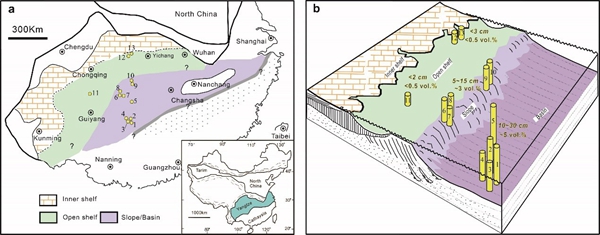
Transient marine euxinia at the end of the terminal Cryogenian glaciation. (Xianguo Lang, Bing Shen*, Yongbo Peng* et al. 2018.Nature Communications, 9: 3019, DOI: 10.1038/s41467-018-05423-x)

Hyoliths with pedicles illuminate the origin of the brachiopod body plan. (Sun H, Smith MR*, Zeng H, Zhao F*, Li G, Zhu M. 2018.Proc. R. Soc. B20181780. DOI:10.1098/rspb.2018.1780)
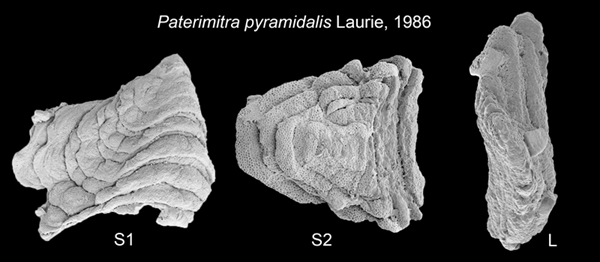
Paterimitra pyramidalis Laurie, 1986, the first tommotiid discovered from the early Cambrian of North China. (Pan, B., Brock, G.A., Skovsted, C.B., Betts, M.J., Topper, T.P., Li, G.X.*, 2018.Gondwana Research,63: 179-185. doi:10.1016/j.gr.2018.05.014)
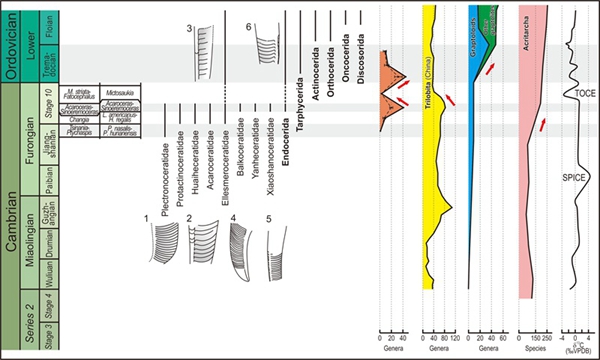
Palaeogeographic distribution and diversity of cephalopods during the Cambrian–Ordovician transition. (Fang, X., Kroger, B., Zhang, Y.D., Zhang, Y.B., Chen, T.E., 2018.Palaeoworld.)

Early Ordovician sponge-bearing microbialites from Peninsular Malaysia: the initial rise of metazoans in reefs. (Li, Q.J., Sone, M., Lehnert, O., Na, L., 2018.Palaeoworld.)

A new species of primitive stromatoporoid Cystostroma from the Ordovician of East Asia. (Jeon, J., Li, Q.J., Oh, J.R., Choh, S.J., Lee, D.J., 2018.Geosciences Journal.)
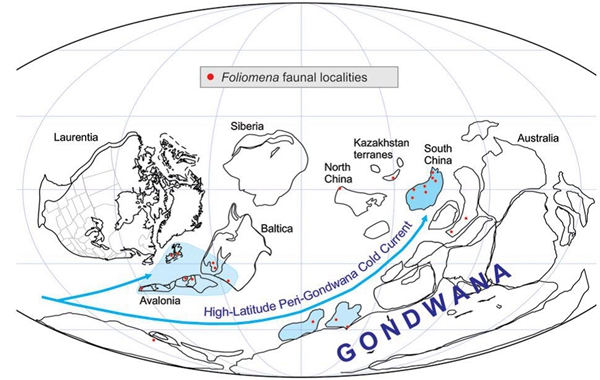
Equatorial cold-water tongue in the Late Ordovician. (Jin, J.S., Zhan, R.B. & Wu, R.C. 2018.Geology. https://doi.org/10.1130/G45302.1)
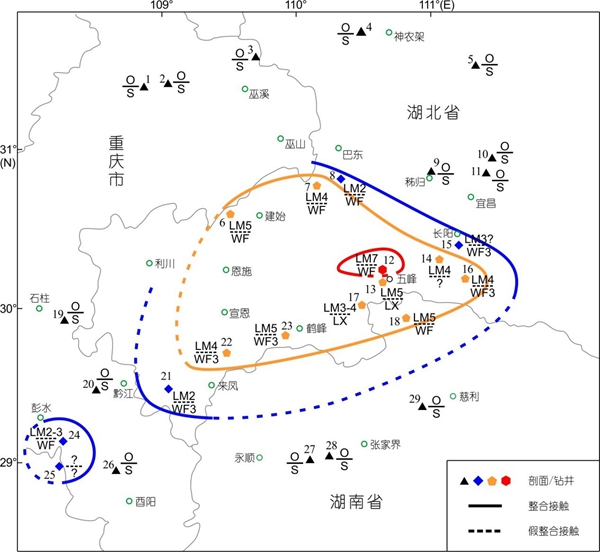
Circumjacent distribution pattern of the Lungmachian graptolitic black shale (early Silurian) on the Yichang Uplift and its peripheral region. (Chen X, Chen Q, Zhen Y, Wang H, Zhang L, Zhang J, Wang W, Xiao Z. 2018.Science China Earth Sciences, 61: 1195–1203.)
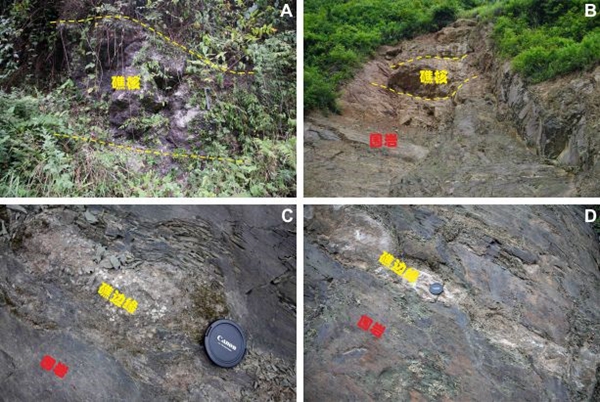
Early Silurian (Telychian) bryozoan reefs in the epeiric sea of South China: Are heterotrophic metazoan buildups promoted by internal waves? (Qijian Li, Andrej Ernst, Axel Munnecke, Shenyang Yu, Yue Li, 2018,Sedimentary Geology, doi:10.1016/j.sedgeo.2018.07.008)
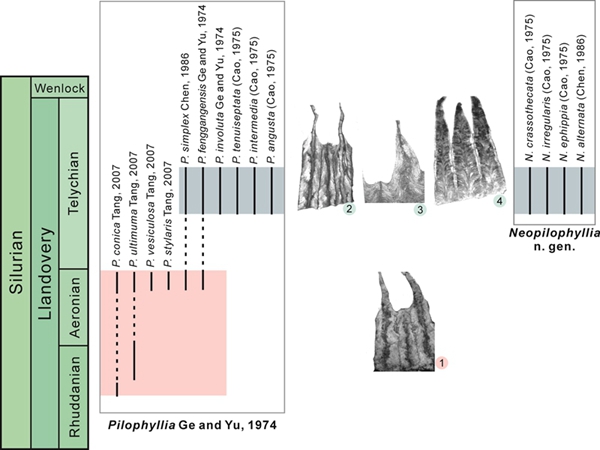
Silurian amplexoid rugose coral genera Pilophyllia Ge and Yu, 1974 and Neopilophyllia new genus from South China. (Wang, G. X., He, X. Y., Tang, L., Percival, I. G. 2018.Journal of Paleontology, doi: 10.1017/jpa.2018.29)

Morphometrics and palaeoecology of syringoporoid tabulate corals from the upper Famennian (Devonian) Etoucun Formation, Huilong, South China. (Liang, K.*, Qie, W.K., Pan, L.Z., Yin, B.A. 2018.Palaeobiodiversity and Palaeoenvironments.)
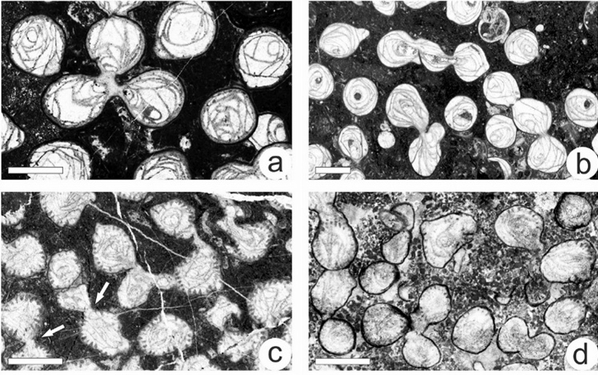
Morphometrics and palaeoecology of syringoporoid tabulate corals from the upper Famennian (Devonian) Etoucun Formation, Huilong, South China. (Liang, K.*, Qie, W.K., Pan, L.Z., Yin, B.A. 2018.Palaeobiodiversity and Palaeoenvironments.)
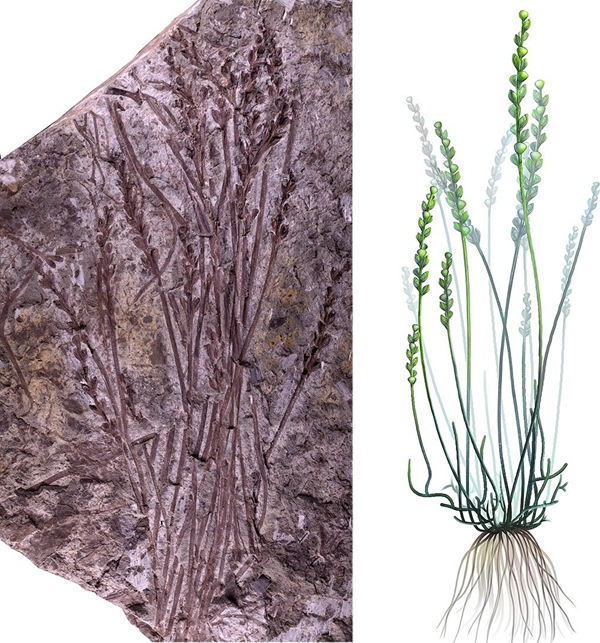
A further study of Zosterophyllum sinense Li and Cai (Zosterophyllopsida) based on the type and the new specimens from the Lower Devonian of Guangxi, southwestern China. (Wang Y., Xu H-H, Wang Y, Fu Q, 2018.Review of Palaeobotany and Palynology. 258, 112–122).

Discovery of Lower Devonian plants from Jiangxi, South China and the pattern of Devonian transgression after the Kwangsian Orogeny in the Cathaysia Block. (Xu H-H, Wang Y, Tang P, Fu Q, Wang Y. 2018.Palaeogeography, Palaeoclimatology, Palaeoecology.)
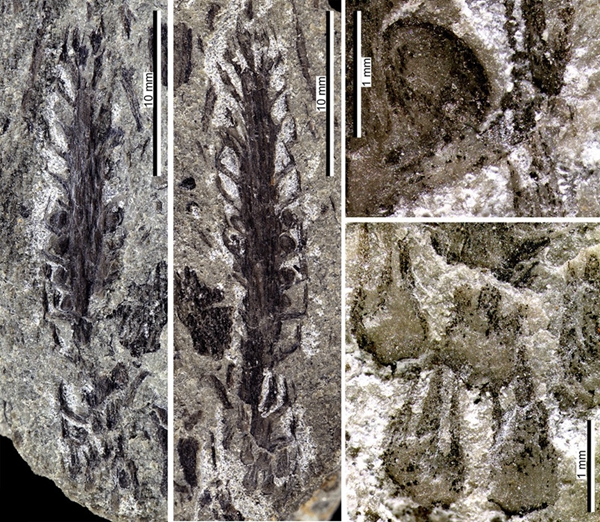
A new protolepidodendrid lycopsid from the Middle Devonian of Hunan, South China and its palaeogeographic implications. (Xu H-H, Fu Q, Wang Y. 2018.Review of Palaeobotany and Palynology. 256, 63-69.)
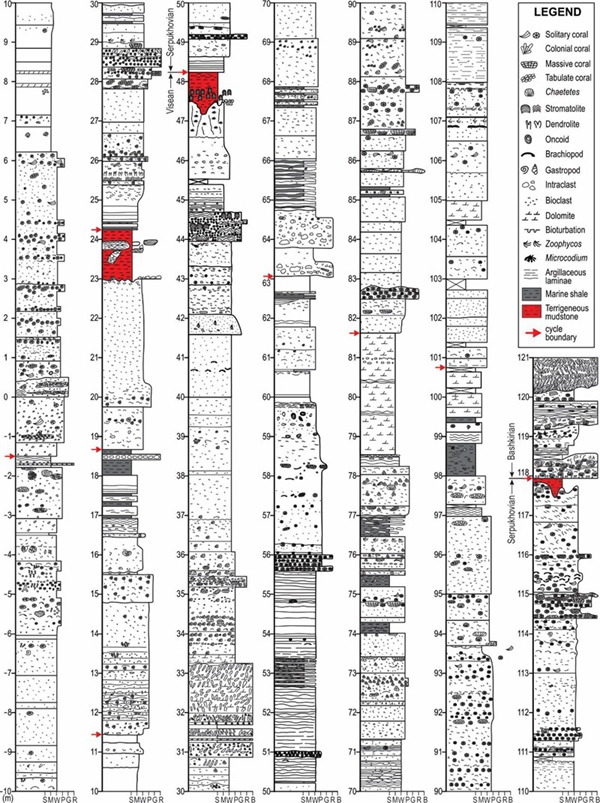
Late Mississippian glacio-eustasy recorded in the eastern Paleo-Tethys Ocean (South China). (Chen Jitao*, Sheng Qingyi, Hu Keyi, et al., 2018.Palaeogeography, Palaeoclimatology, Palaeoecology )
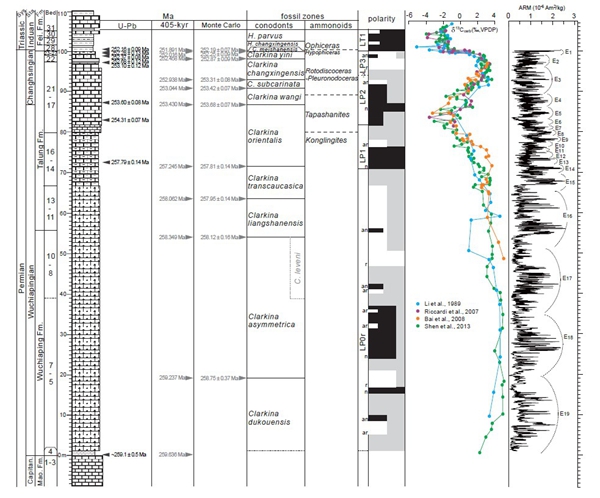
Integrative timescale for the Lopingian (Late Permian): A review and update from Shangsi, South China. (Yuan D.X.*, Shen S.Z., Henderson C.M., Chen J., Zhang H., Zheng Q.F., Wu H.C., 2019.Earth-Science Reviews, 188: 190-209.)
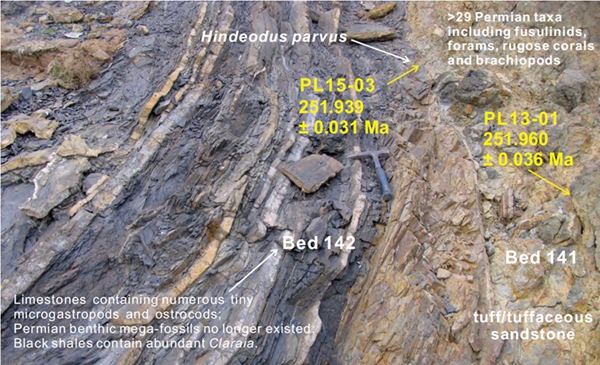
A sudden end-Permian mass extinction in South China. (Shen, S.Z., Ramezani, J., Chen, J.et al, 2018,GSA Bulletin)

Whole-Plant Reconstruction and Updated Phylogeny of Austrohamia acanthobractea (Cupressaceae) from the Middle Jurassic of Northeast China. (Dong, C., Wang, Y. D., Yang, X. J., Sun, B. N., 2018.International Journal of Plant Science, 179 (8), 640-662. Doi: 10.1086/699665.)
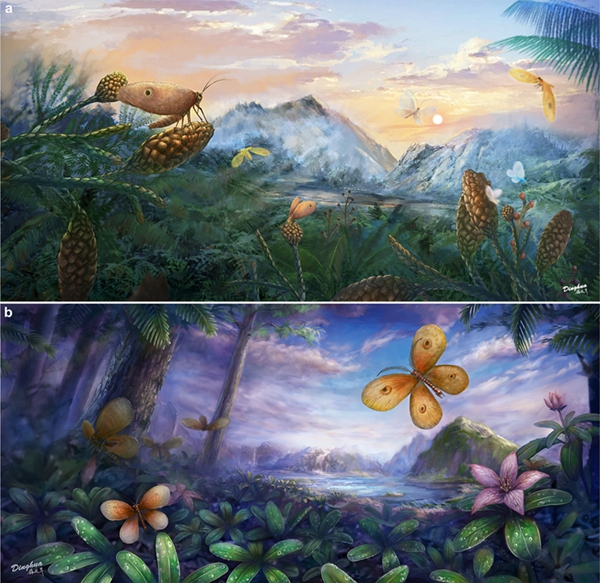
High niche diversity in Mesozoic pollinating lacewings (Liu Qing, Lu Xiumei, Zhang Qingqing, Chen Jun, Zheng Xiaoting, Zhang Weiwei, Liu Xingyue*, Wang Bo*, 2018.Nature Communications, 9: 3793. DOI:10.1038/s41467-018-06120-5)
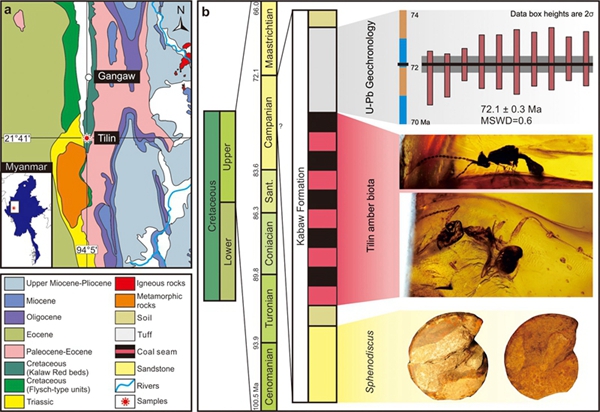
A Late Cretaceous amber biota from central Myanmar. (Zheng Daran, Chang Su-Chin*, Perrichot V., Dutta S., Rudra A., Mu Lin, Kelly R.S., Li Sha, Zhang Qi, Zhang Qingqing, Wang Jun, Wang He, Fang Yan, Zhang Haichun, Wang Bo *, 2018.Nature Communications, DOI: 10.1038/s41467-018-05650-2.)
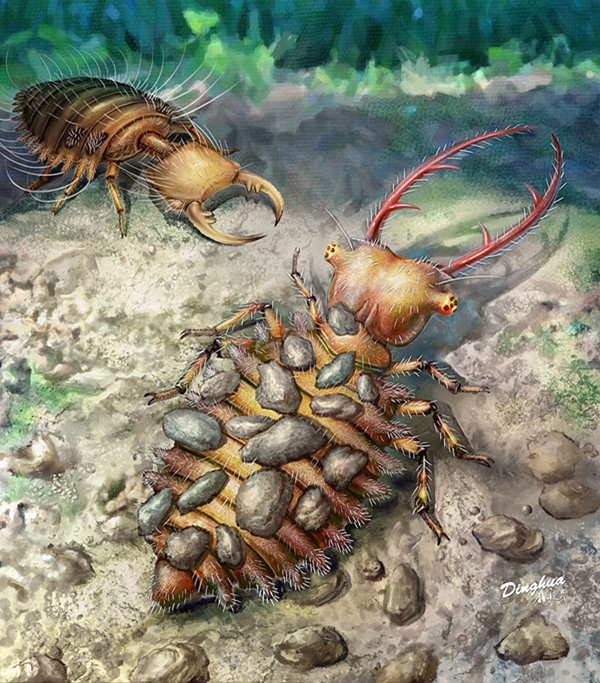
Diverse Cretaceous larvae reveal the evolutionary and behavioural history of antlions and lacewings. (Badano D.*, Engel M.S., Basso A., Wang Bo*, Cerretti P.* 2018.Nature Communications, DOI: 10.1038/s41467-018-05484-y)
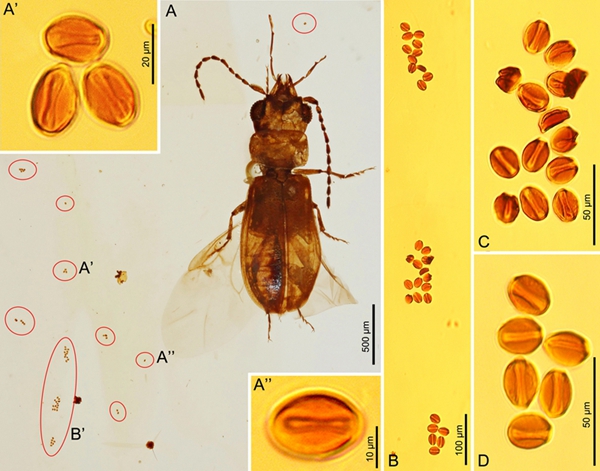
Beetle pollination of cycads in the Mesozoic. (Chenyang Cai*, Hermes E. Escalona, Liqin Li, et al., 2018,Current Biology, DOI: 10.1016/j.cub.2018.06.036)
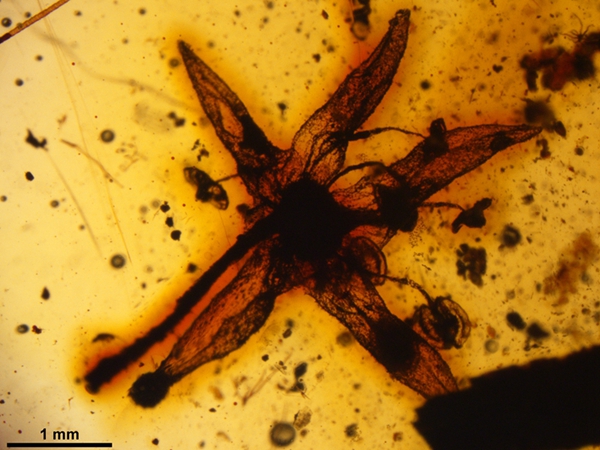
The Core Eudicot Boom Registered in Myanmar Amber. (Zhong-Jian Liu, Diying Huang, Chenyang Cai, Xin Wang*, 2018,Scientific Reports, 8, Article number: 16765 (2018))
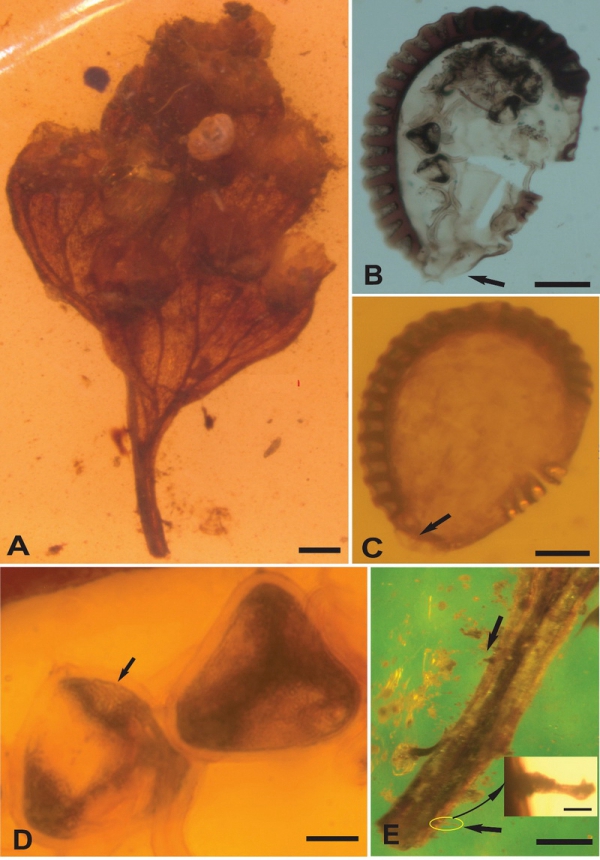
A new fossil record of Lindsaeaceae (Polypodiales) from the mid-Cretaceous amber of Myanmar. (Chunxiang Li, Robbin C. Moran, Junye Ma, Bo Wang, Jiasheng Hao. 2018.Cretaceous Research.)
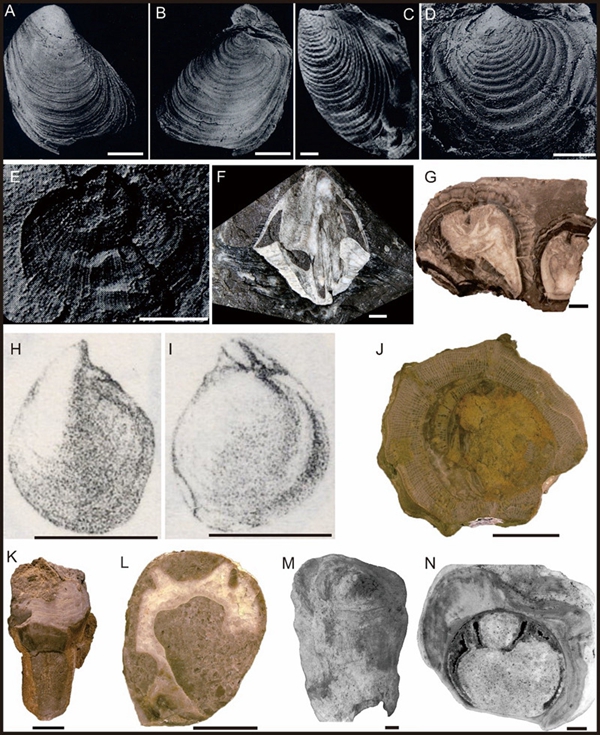
Constraints of bipolar and tropical bivalves on the northward drifting of the Indian Plate. (Xin Rao, Jingeng Sha*, Bo Peng et al., 2018.Journal of Asian Earth Sciences.)

Charophytes from the Cretaceous–Paleocene boundary in the Songliao Basin (north-eastern China): a Chinese biozonation and its calibration to the Geomagnetic Polarity Time Scale. (Li, S.*, Wang, Q.F., Zhang, H.C., Wan, X.Q., Martín-Closas, C.*, 2018.Papers in Palaeontology, DOI: 10.1002/spp1002.1225.)
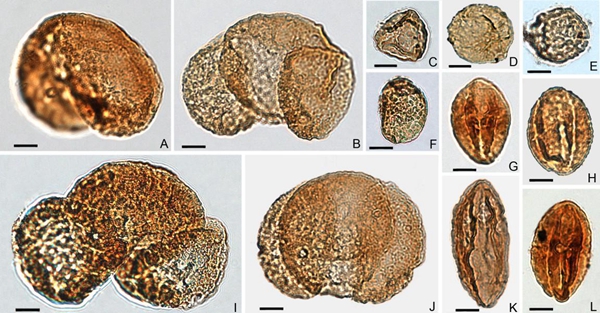
Amber fossils reveal the Early Cenozoic dipterocarp rainforest in central Tibet. (Wang, H., Dutta, S., Kelly, R. et al, 2018.Palaeoword, 27(4): 506-513.)
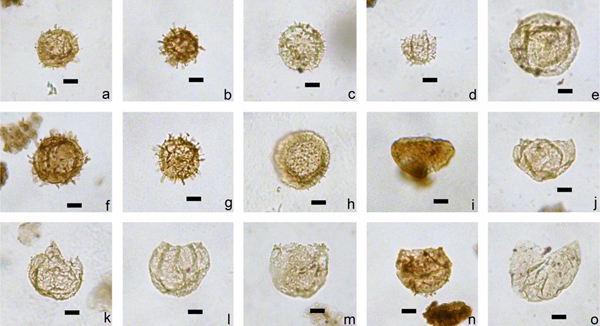
Paleogene organic-walled dinoflagellate cysts in the Shulu Sag, Hebei Province, China. (Cheng, J., Zhao, Y. & Meng, F. 2018.Carbonates and Evaporites.)
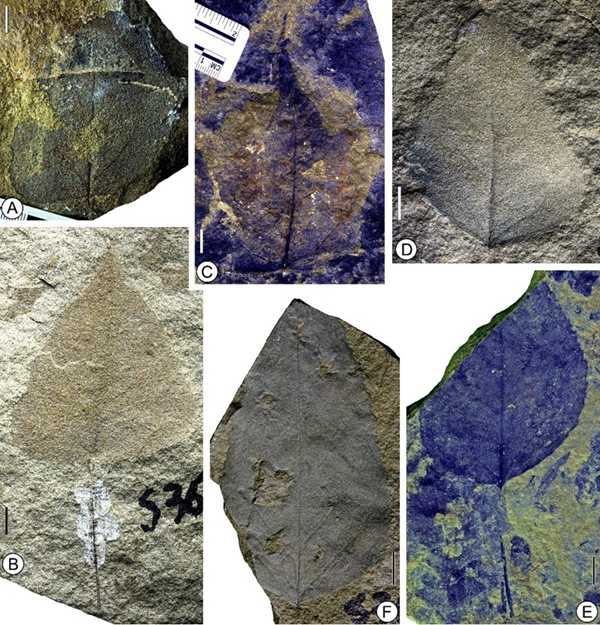
The uppermost Oligocene Kailas flora from southern Tibetan Plateau and its implications for the uplift history of the southern Lhasa terrane. (Ai K., Shi G.*, Zhang K.*, Ji J., Song B., Shen T., Guo S., 2018.Palaeogeography, Palaeoclimatology, Palaeoecology. DOI: 10.1016/j.palaeo.2018.04.017.)
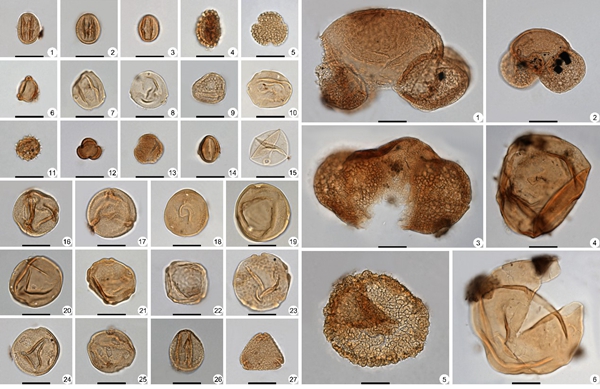
Miocene palynoflora from Shengxian Formation, Zhejiang Province, southeast China and its palaeovegetational and palaeoenvironmental implications. (Yi Yang, Wei-Ming Wang*, Jun-Wu Shu, Wei Chen, 2018.Review of Palaeobotany and Palynology. 259, 185-197.)
Download:
